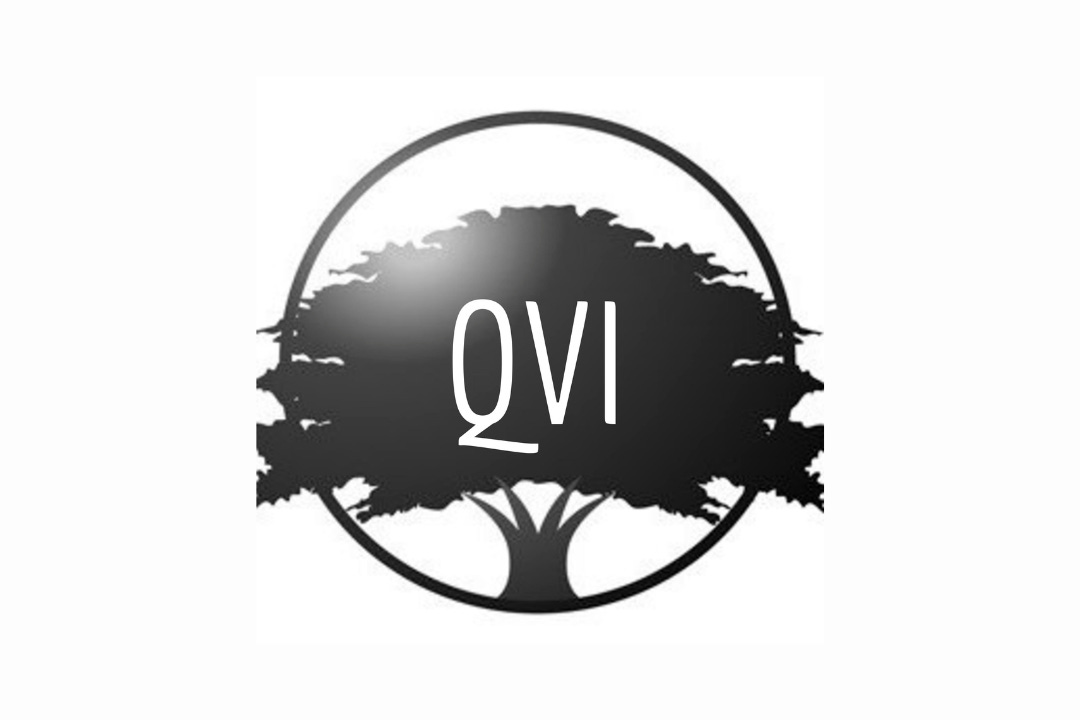Alternatives to Passive Indexing | 2 of 2
Part 2: How to hedge a basket of value stocks from companies with high-quality business models
New readers and free subscribers can access the alpha-achieving QVI Real-Time Stock Picks, a streamlined research checklist, and the full text and audio* of newsletter posts, including archives, by upgrading to a premium subscription that offers exceptional value for the price of a streaming channel. Lock in current rates now, as subscription fees are on the rise. Join the QVI community today.
*Audio is unavailable on some posts.
My new author platform, By David J. Waldron, is live on Substack. There, I showcase the revisions and updates of my nonfiction self-help books, offering both text and audio versions for each title. Follow along as I write the final draft manuscript for my upcoming fifth book, Quality Value Investing: How to Pick the Winning Stocks of Enduring Enterprises, in real time. Learn more:
What is the best alternative to do-it-yourself active investing?
The financial media suggests investing in passive indexes to ensure portfolios keep pace with the market. So, what is the worst choice?
Joining the crowd and trading the shortsighted gimmicks churned out by the Wall Street fee machine is inferior to buying and holding passive index funds while actively investing in quality common stocks.
Nevertheless, it is typical for proponents of passive investing to overlook the reminder that indexes encompass every company in the market, sector, or industry, resulting in ownership of many low-quality enterprises alongside a few high-quality ones. Thus, rational investors limit their index exchange-traded fund (ETF) holdings to hedge their common stock portfolios, aiming to achieve alpha over time.
This two-part series explores the concept of portfolio hedging from the long side and discusses its essential role in any active, long-term investment strategy.
Part two of the series focuses on hedging a portfolio with domestic and foreign equity indexes and explains why quality-driven value investors purchase stakes in the top companies within the sector, reserving the entire universe for hedging.
Double-Down the Hedge
The Quality Value Investing (QVI) Real-Time Stock Picks represent a curated selection of common stocks purchased or available on the two major US exchanges: the Nasdaq Stock Market (NASDAQ) and the New York Stock Exchange (NYSE).
Covering the broader market, I benchmark my stock picks against the S&P 500, the citadel of publicly traded American enterprises. When deployed, the passive Vanguard S&P 500 ETF VOO 0.00%↑ represents the benchmark hedge of the QVI portfolios, including our concentrated family portfolio. At unpredictable times when the portfolio underperforms the S&P 500, VOO compensates for the shortfall.
Although the QVI selected holdings represent high-quality companies serving the globe, they are predominantly domiciled in the United States. Therefore, I prefer hedging the basket with the Vanguard FTSE All-World ex-US Index Fund ETF VEU 0.00%↑. This index captures the performance of major exchange-traded companies outside of the US, and as a private investor, I never regret taking a globalist view.
VOO and VEU are market-cap-weighted, the prevailing, if controversial, weighting mechanism. Market-cap or capitalization-weighted indexes assign component value based on the total market value of the outstanding shares relative to the cumulative market cap of the index. Thus, the highest market-cap stock in the index has the maximum influence on the security’s net asset value.
Other weighting mechanisms include price-weighted, equal-weighted, and fundamental-weighted. The Dow Jones Industrial Average uses price weighting, giving preference to higher-priced components. Equal weight, employed in the QVI Stock Picks, treats each constituent equally by disregarding price or market cap. Fundamental weight relies on metrics like sales, book value, dividends, cash flow, and earnings. Active ETF investors seeking growth utilize alternative weighting methods to hedge risk.
In a market-weighted index, mega-cap companies dominate a significant portion. For example, in the S&P 500, it is common for the top ten components to represent over 30 percent of the basket. In contrast, the ten largest holdings in the FTSE All-World ex-US, replicated in VEU, account for about 10 percent of net assets.
The foreign index hedge aims to reduce volatility linked to a concentrated domestic stock portfolio, rather than as a direct equity investment. To achieve superior results, we must limit exposure to the S&P 500 or FTSE All-World ex-US indices solely for hedging. Index hedges act as proxy investments, carrying risks, including potential permanent loss of principal. However, we also benefit from the distribution yields of index ETFs, with each serving mainly as a long-side hedge.
Disciplined value investors are less concerned with NAV—net asset value—or the premium discounts on ETFs exploited by arbitrage traders seeking a short-term mispricing edge than with a more suitable long-term inflation protection or market hedge.
Assets under management in index ETFs have ballooned in recent years. This phenomenon concerns market pundits who believe that sizable derivative-driven ETFs, such as passive index funds—and perhaps more particularly the speculative leveraged ETFs—will implode or trigger a catastrophic financial event during a market correction. Remember that while index ETFs are safer, they are not entirely secure.
Personal Values Drive Politics /
Dollar Values Drive Portfolios
In addition to owning US companies, whether domestic or multinational, a sound portfolio strategy includes hedging with foreign-based companies.
Keep reading with a 7-day free trial
Subscribe to Quality Value Investing to keep reading this post and get 7 days of free access to the full post archives.





